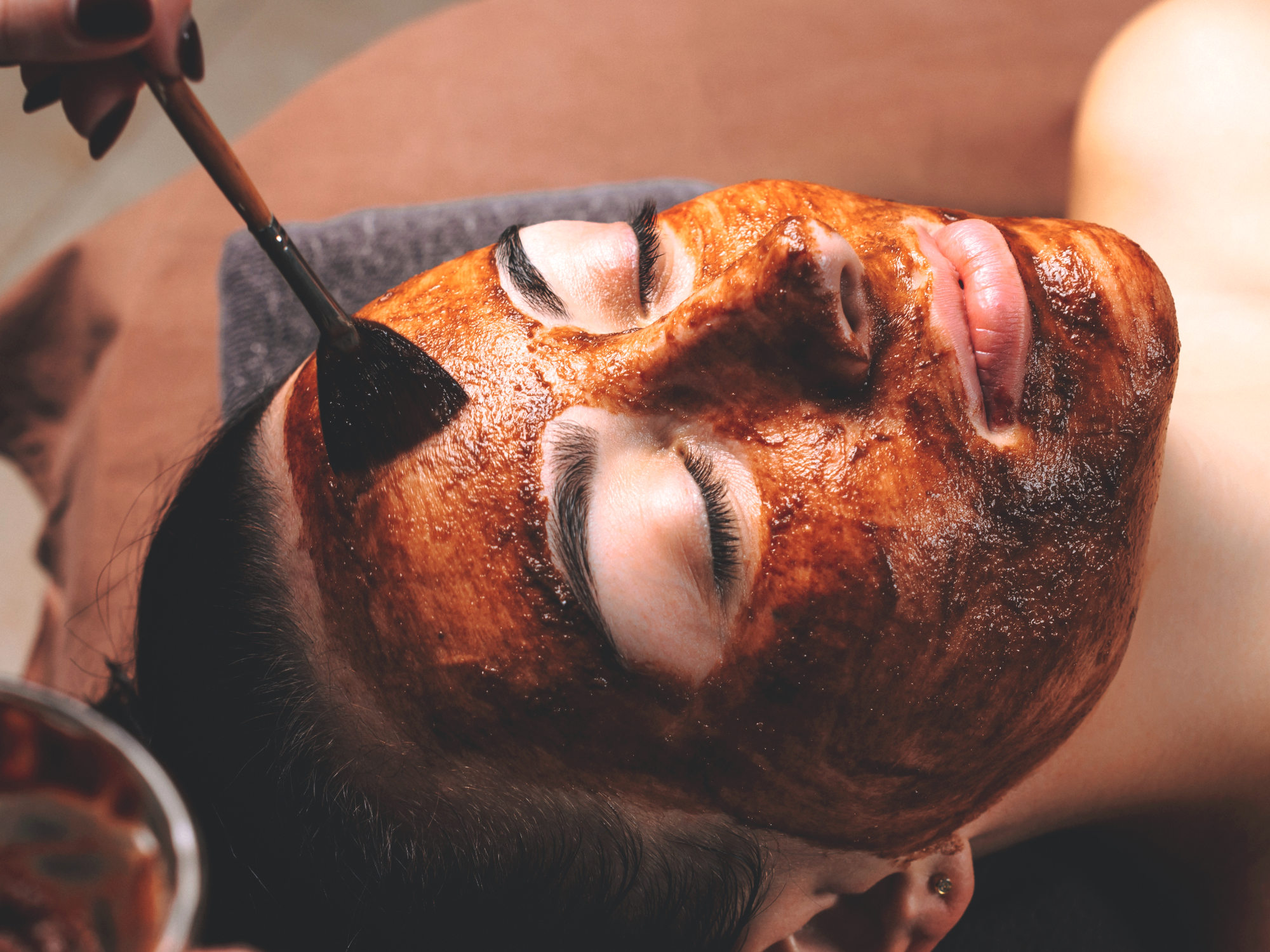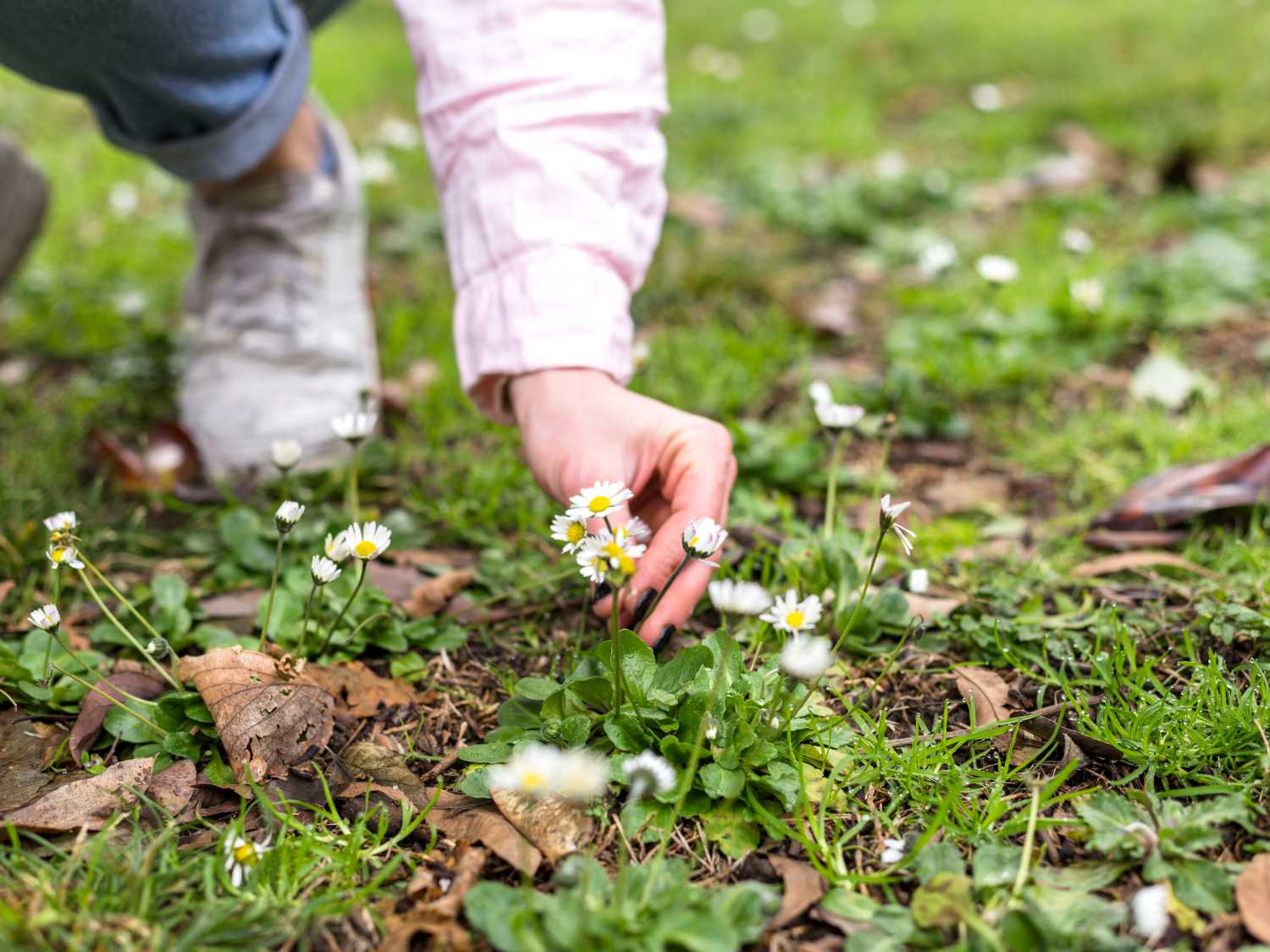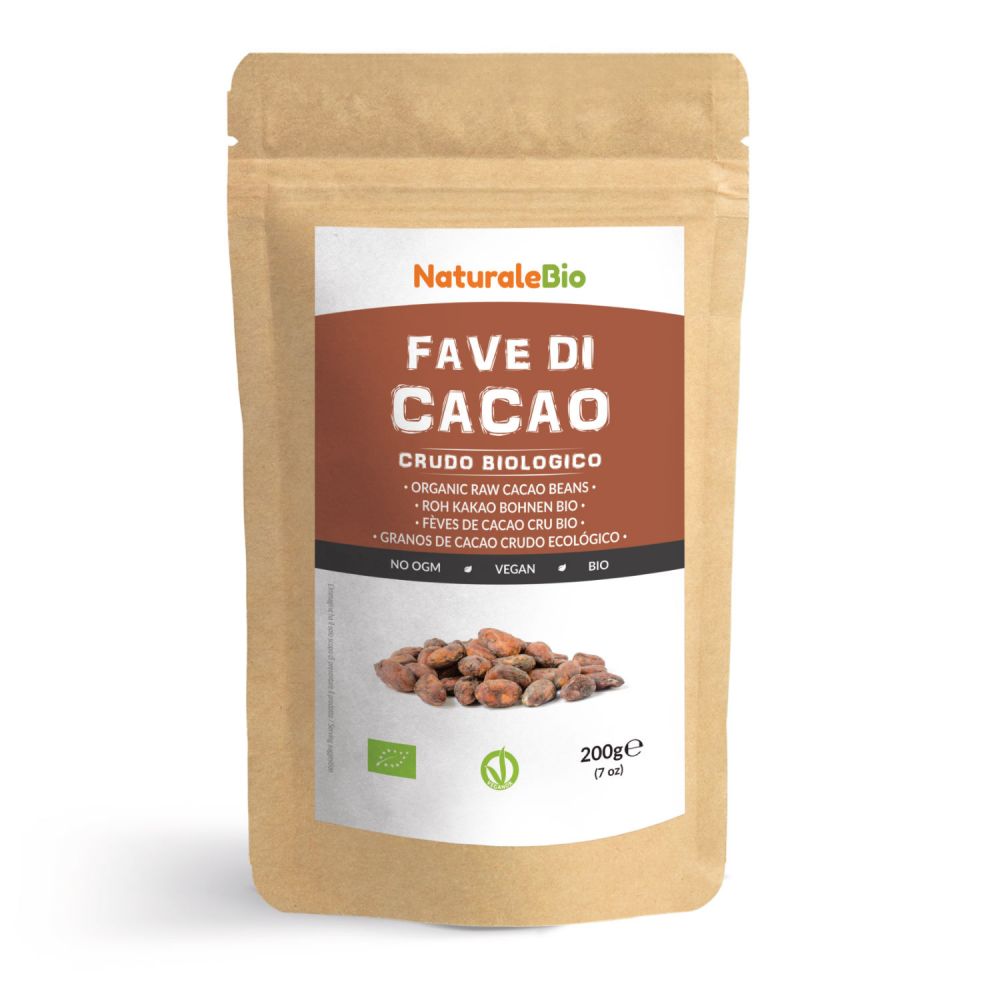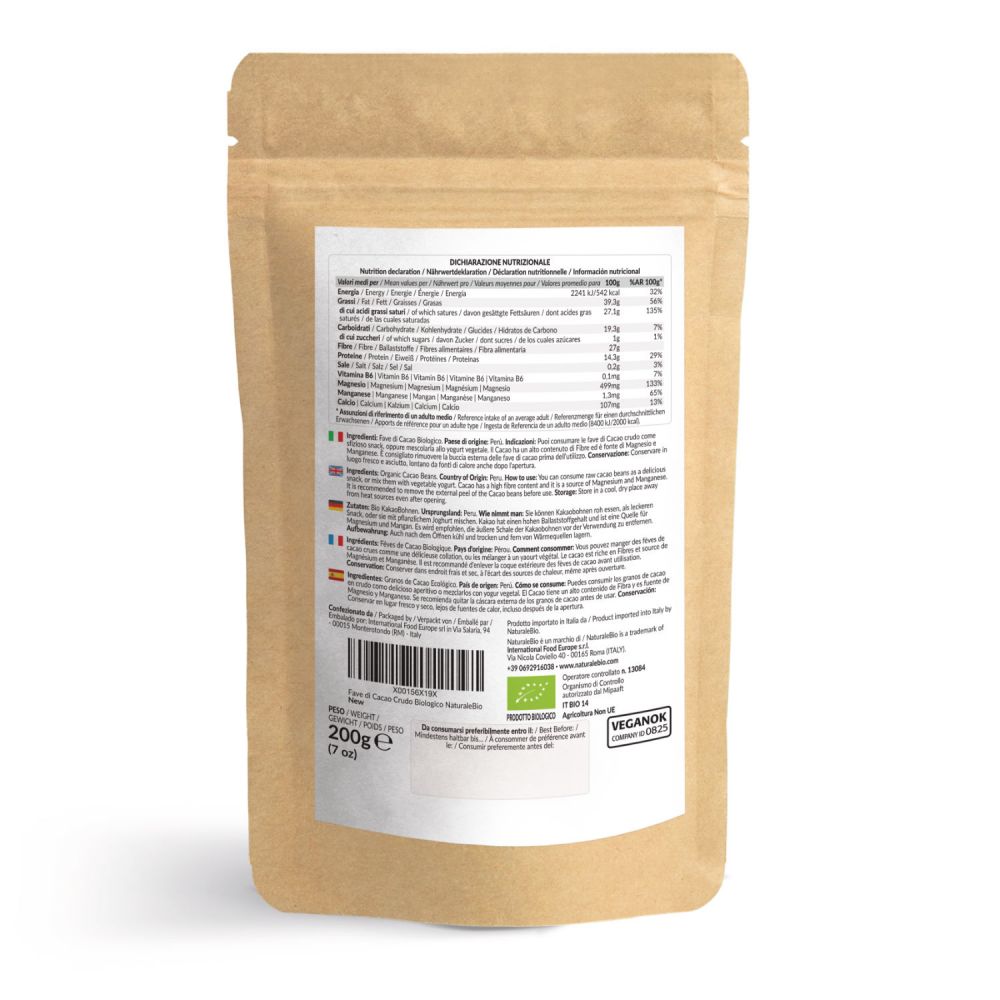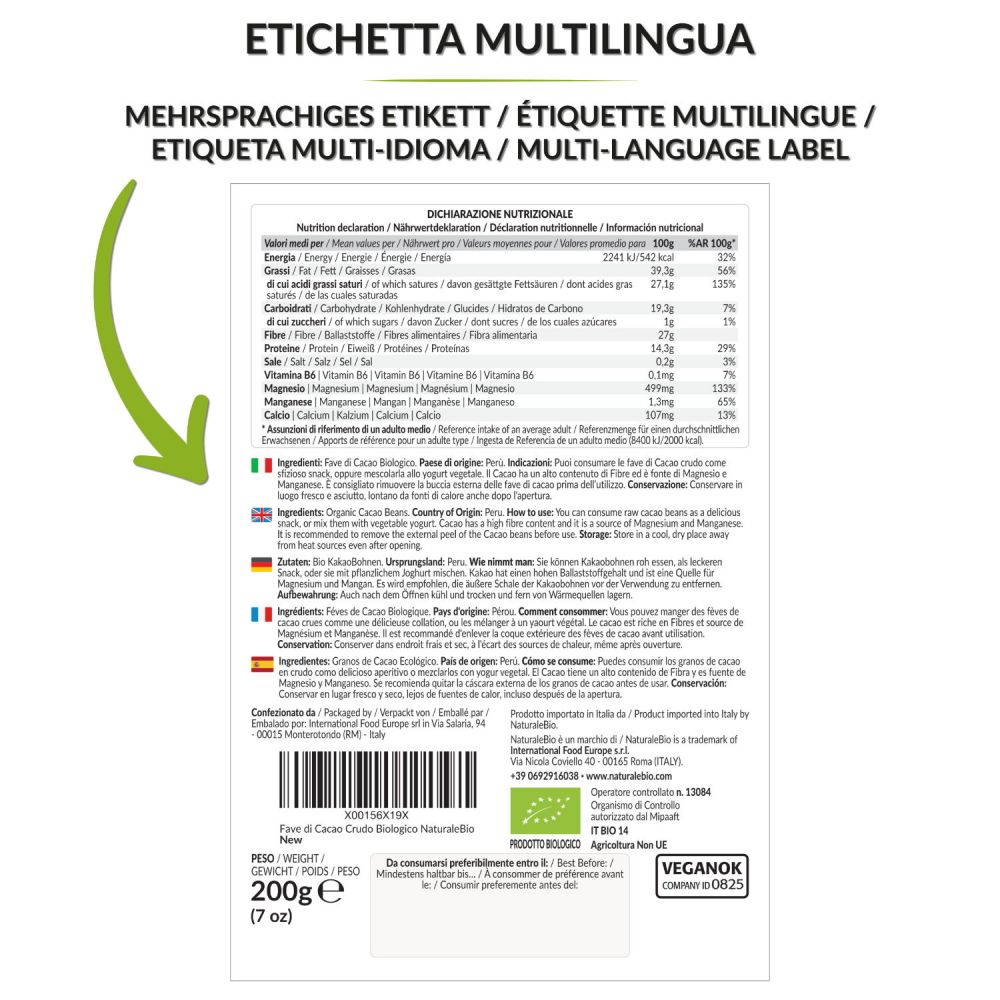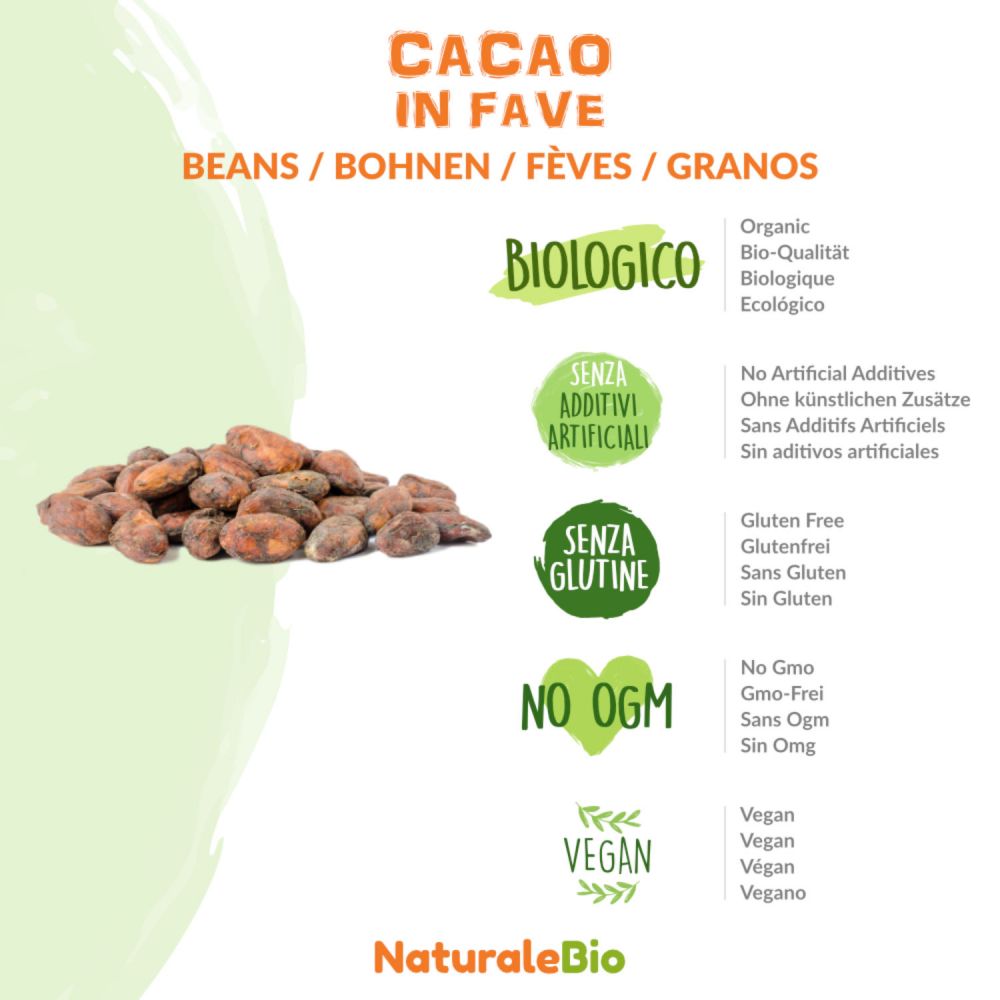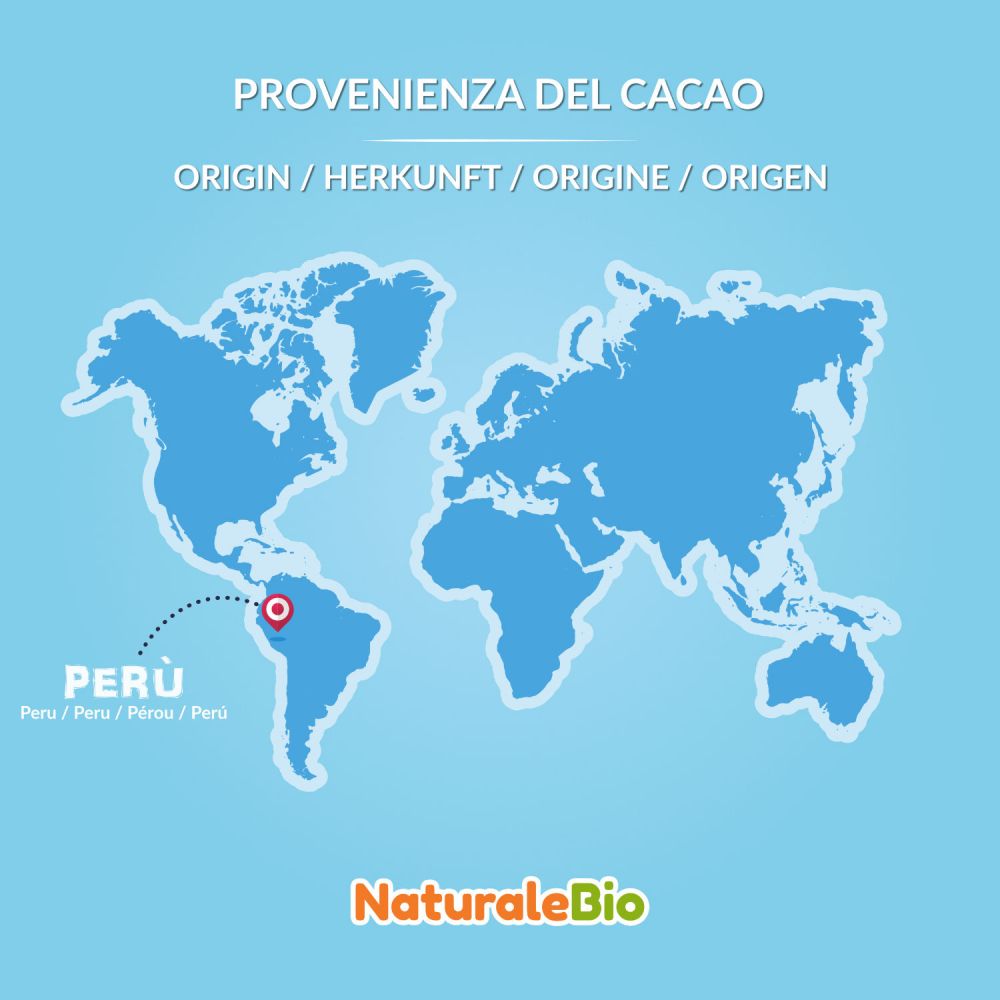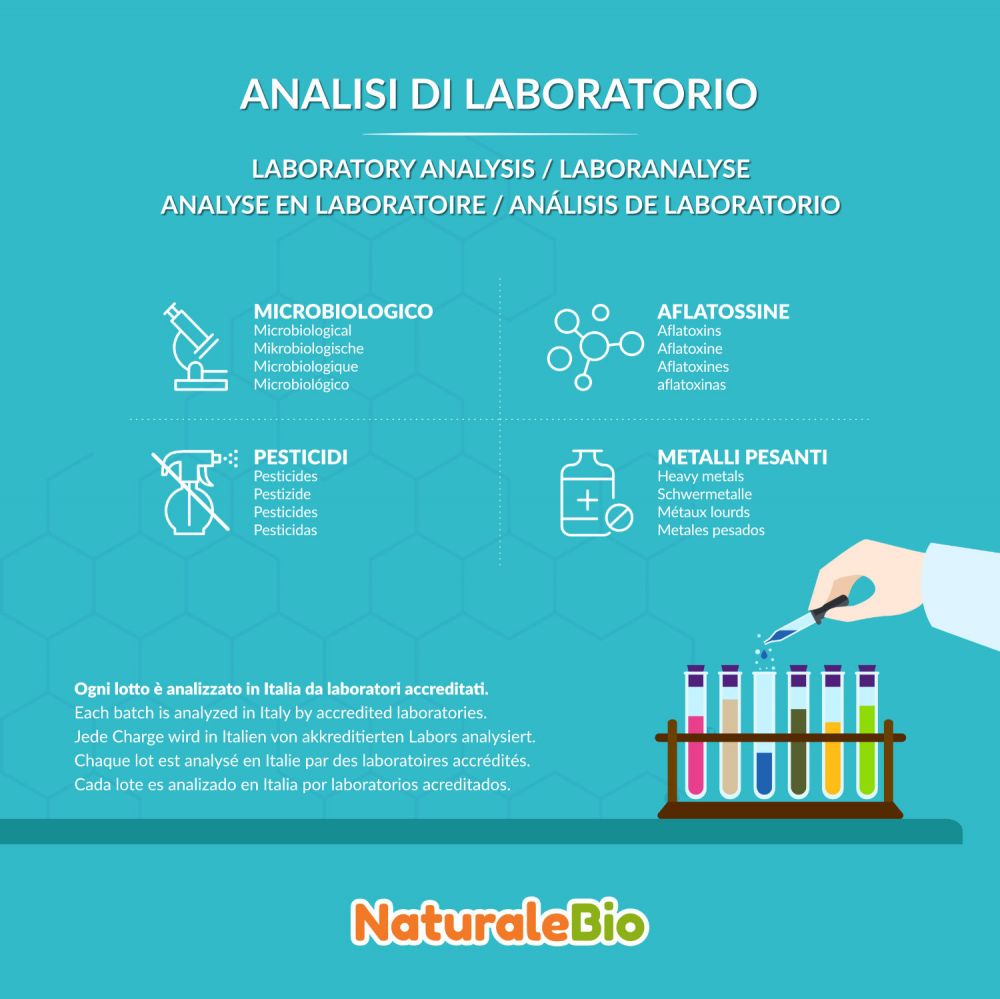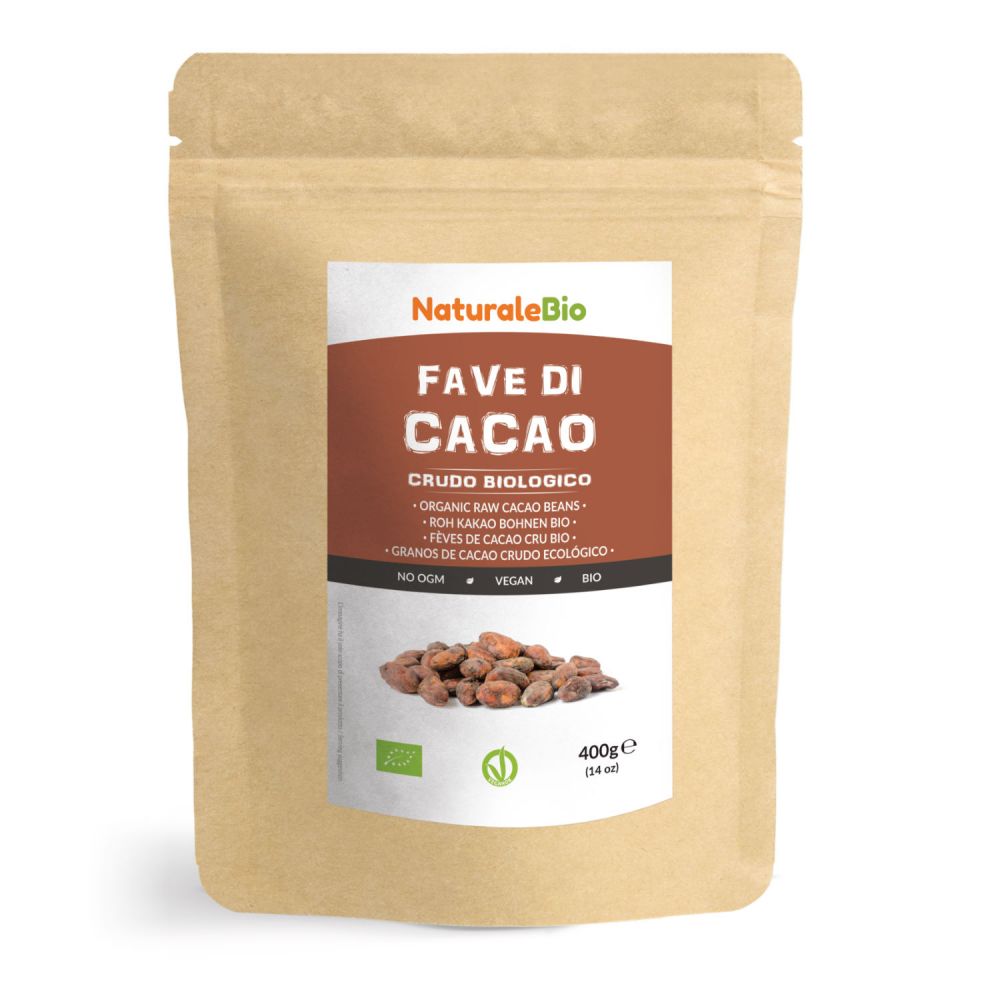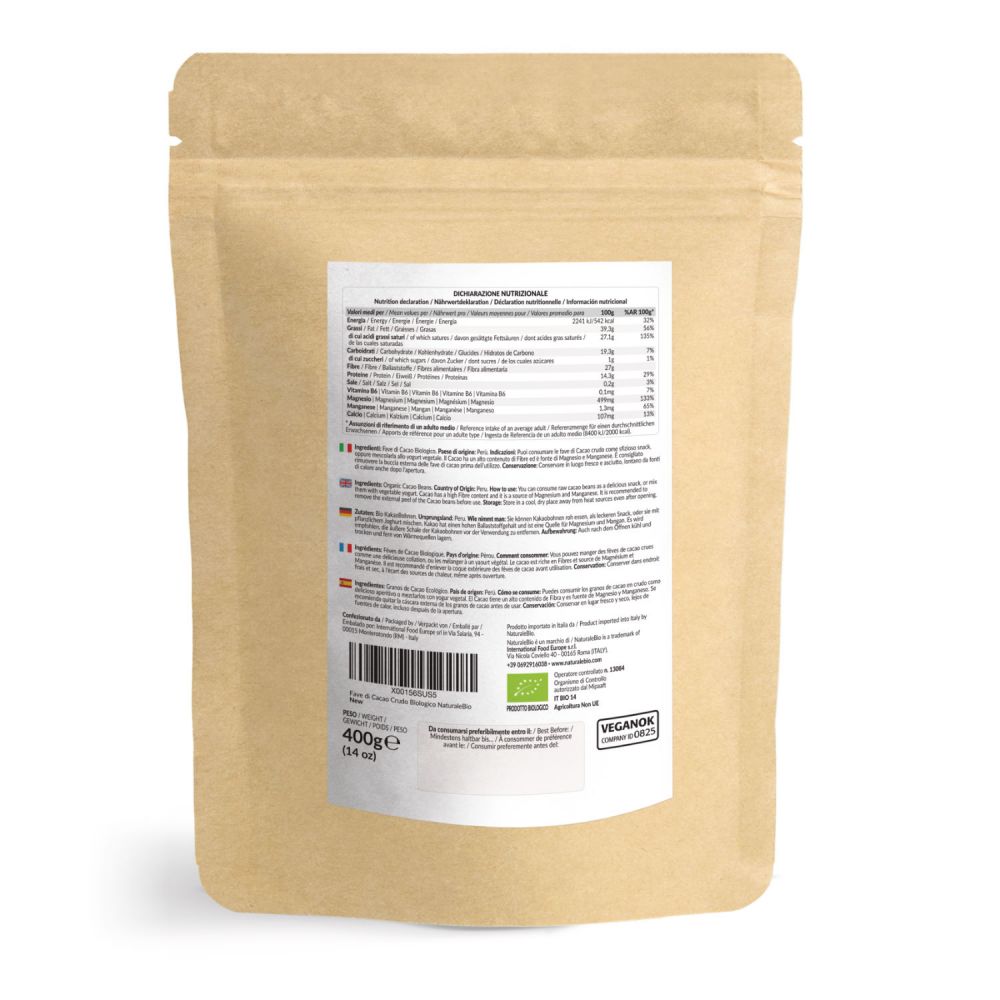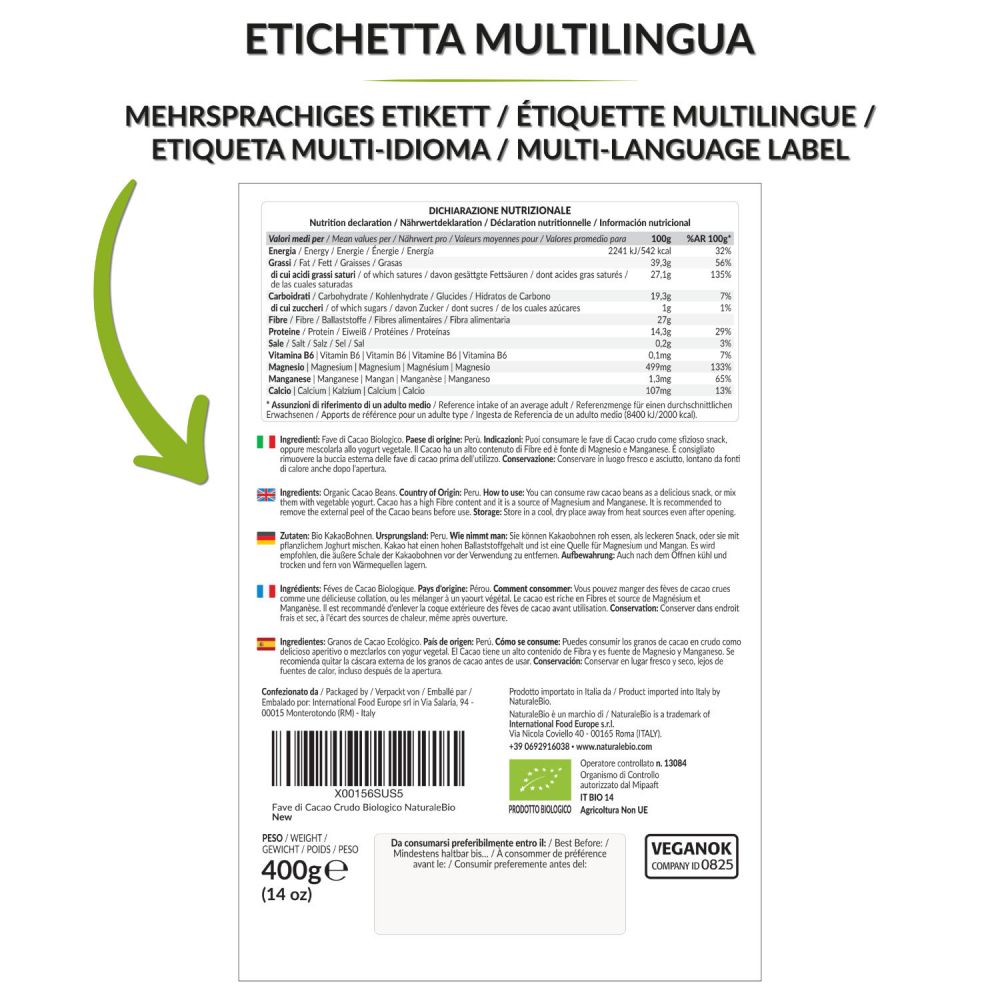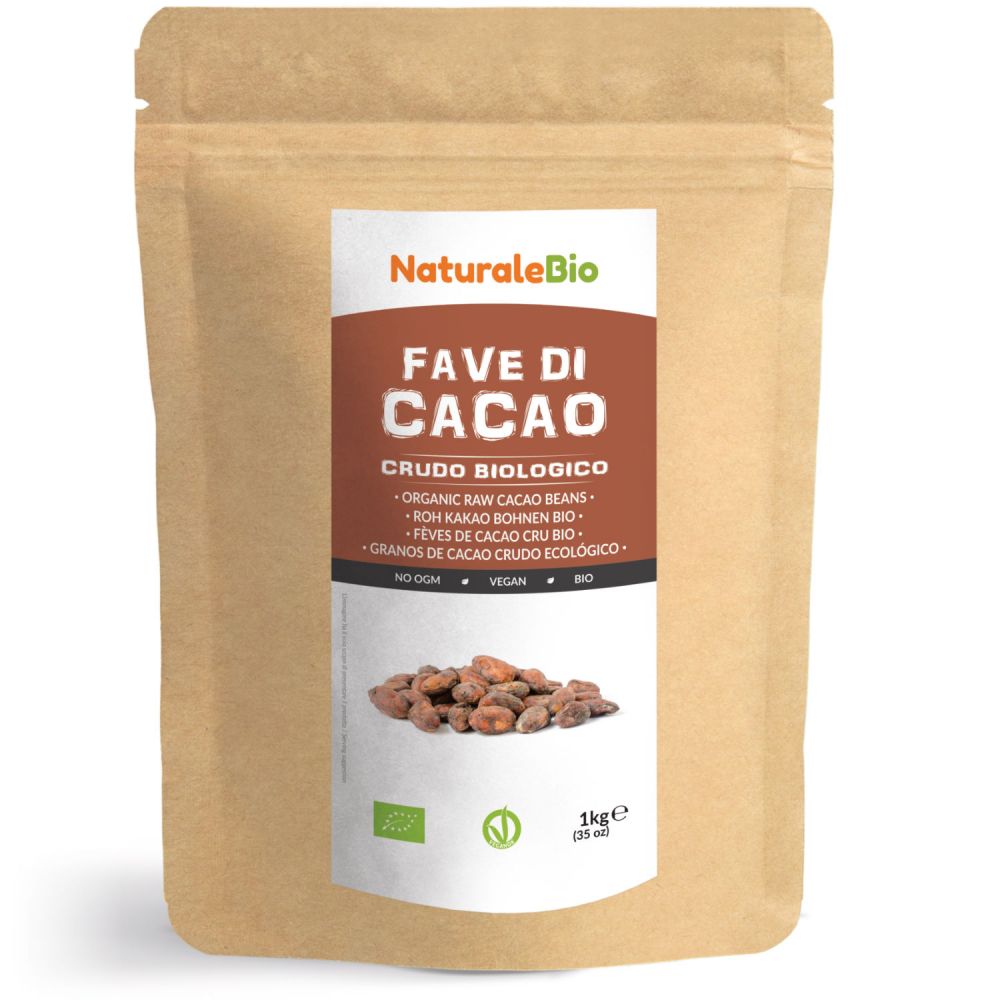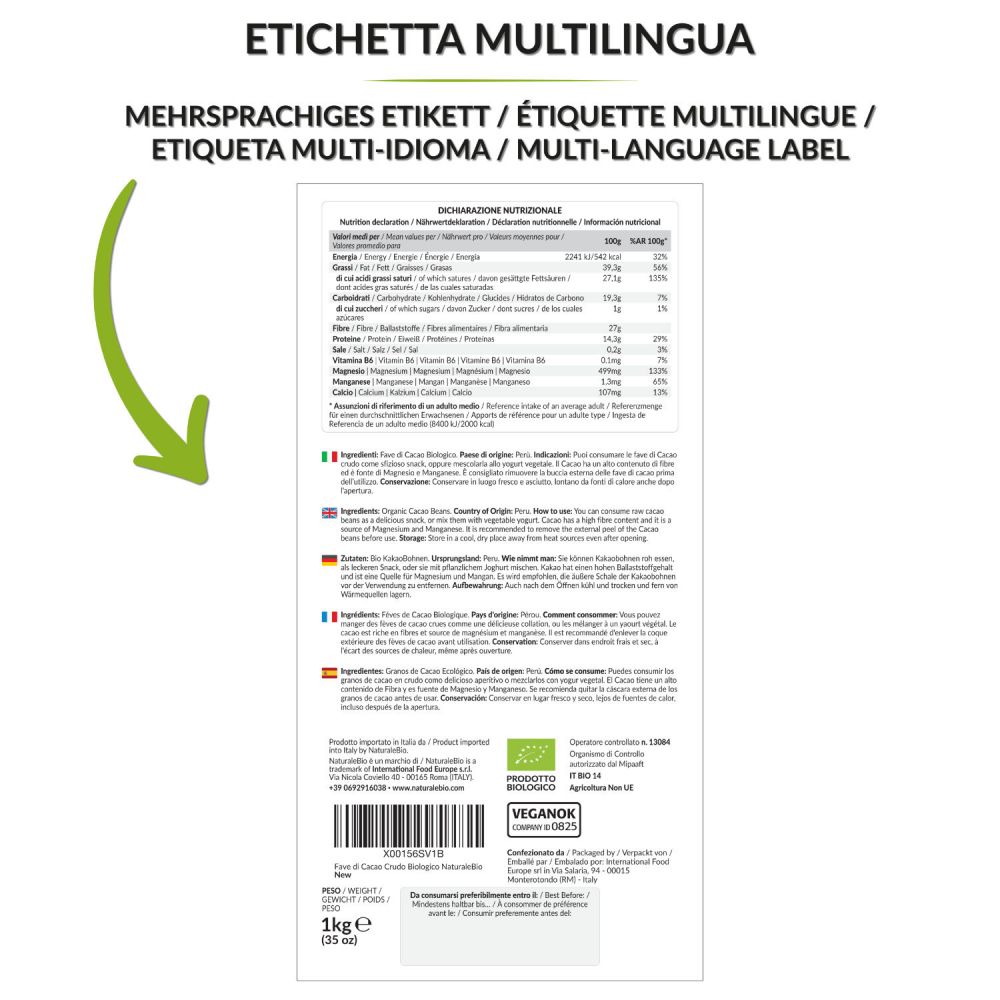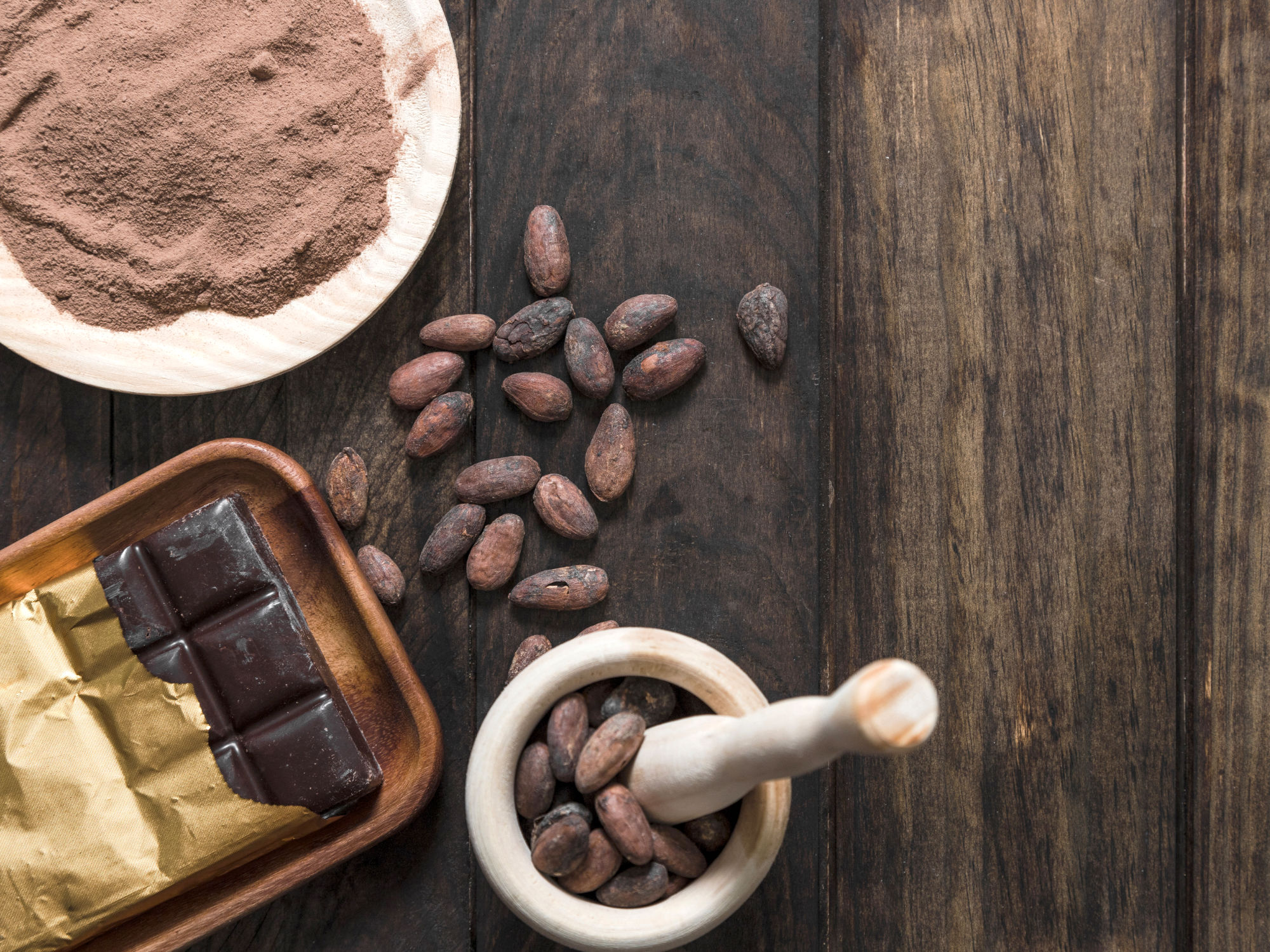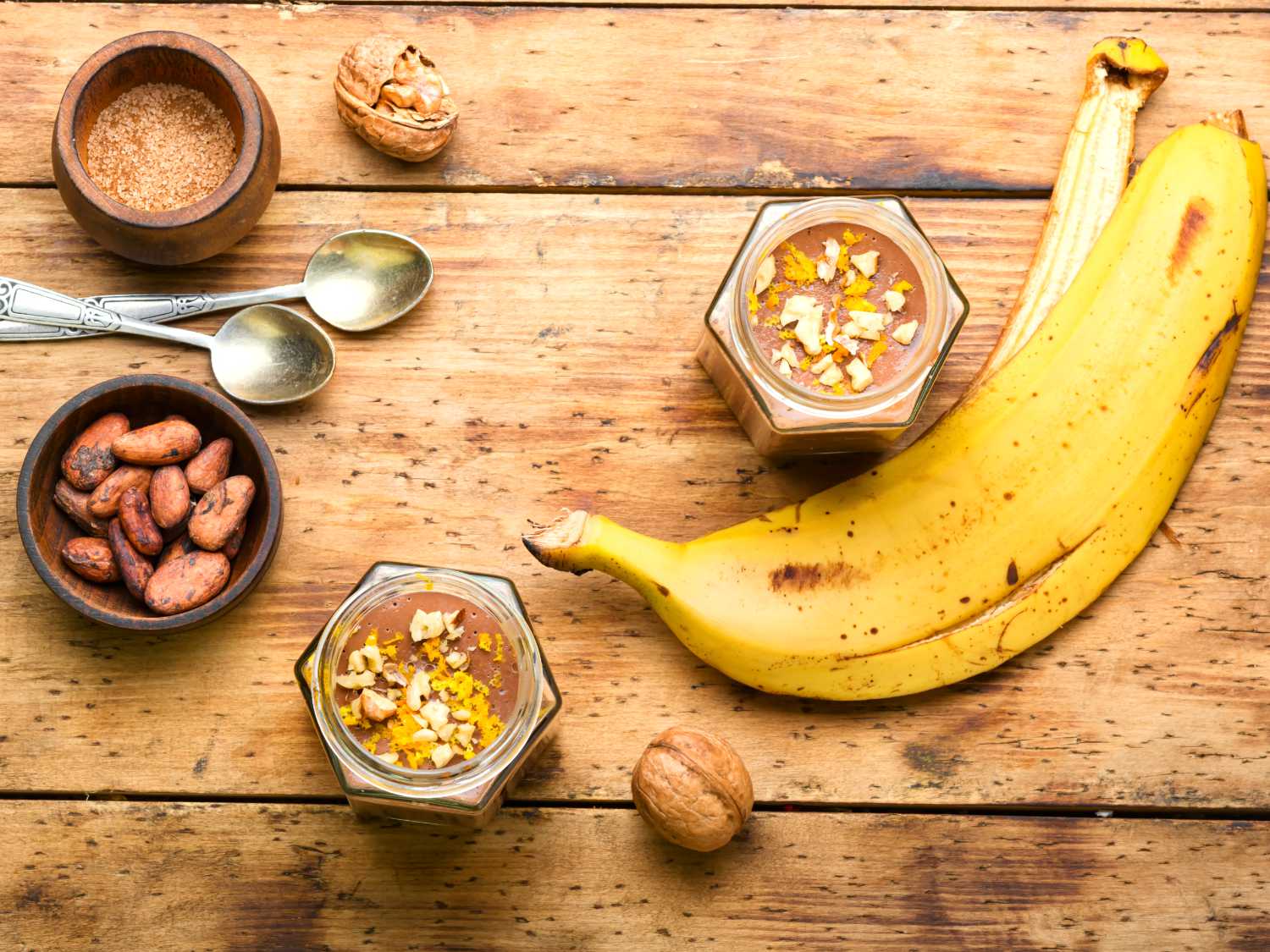
Raw Cacao Beans 1kg
Organic Raw Cacao Beans. 100% Peruvian, Natural and Pure. Made in Peru from The Theobroma Cacao Plant
Sale price -25%
20,89€ instead ofFeatures
Cacao is what Linnaeus named Theobroma, or ‘Food of the Gods’, from the Greek ‘theos’ meaning ‘god’ and ‘broma’ meaning ‘food’. The cacao plant is a tropical tree whose natural habitat is the lowest layer of the rain forest. Its favourable habitat is therefore the tropical rain forest, which has a more or less constant climate throughout the year, with abundant and regular rainfall.
Cacao requires complex and long processing. The beans are harvested manually and dried at low temperatures to retain all the plant's natural nutrients.
100% Pure and Organic. Produced without pesticides and unnatural chemical fertilisers which can harm the body and our general health. Produced in Peru. Certified organic by supervisory boards authorised by the Ministry of Agriculture.
Raw Cacao Beans
Organic
Raw Cacao Beans
Cacao requires complex and long processing. The beans are harvested manually and dried at low temperatures to retain all the plant's natural nutrients.
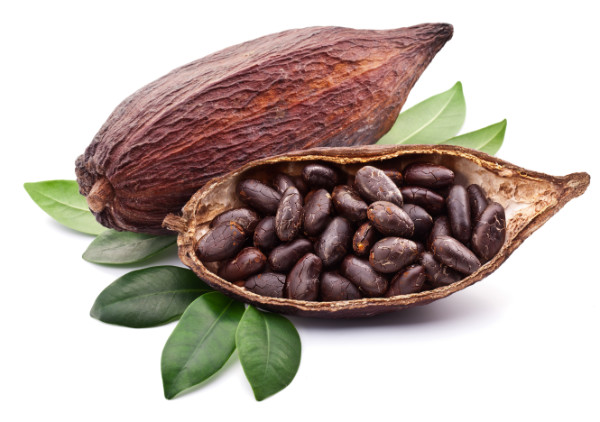
Useful information
What is Cacao?
Cacao is what Linnaeus called Theobroma from Theos, meaning "god", and broma "food" or food of the gods. It brings well-being and satisfaction and science now confirms that cacao not only makes you happier, as it is able to promote the production of endorphins, but also healthier. The plant's treasures are undoubtedly contained mainly in the beans enclosed in its fruit pod. The beans can be eaten raw or they can be made into nibs or powder depending on how they will be consumed.
The Cacao Plant
The wild cacao plant is very diversified. Throughout its history it has given rise to a huge variety within its species due to numerous mutations. The plant grows upwards, reaching heights of 2 metres then the branches extend to form a roof, reaching up to 3 metres. The cacao plant bears fruit in a continuous cycle, but in general each plant has two crops, one before and one after the rainy season. It takes about 6 months from flowering to the ripening of the pods, which are the fruit. The life of a plant is about 25 years and it is not a plant suitable for intensive cultivation.
Where Cacao is grown
Cacao is a tropical tree whose natural habitat is in the lower layer of the rainforest. All cacao species need regions where the temperature and humidity are high, rains are intense and the shade is dense. The plant only grows below 1000 m altitude on slightly acidic and moist but well-drained soils. Its preferred habitat, therefore, is in tropical forests where it finds a constant climate all year round with abundant precipitation well distributed throughout the year.
History of Cacao
The earliest evidence of rudimentary chocolate production dates back to 1800 BC in the areas of Central America in today's Mexico. Mayan history is also closely connected to cacao; they were probably the first to cultivate the plants. Cacao was also very important from an economic point of view and, with the development of the Toltec and Aztec civilisations, cacao beans were also used as money.
Christopher Columbus was the first to become aware of cacao when, in 1502, the Aztec chief offered the white explorers from far away hospitality and cacao beans, the currency of the country. Cacao subsequently arrived in Europe and is still appreciated all over the world. Today cacao beans are a commodity and thus a primary product that constitutes a fundamental item of international exchange with a single global valor.
Taste & Texture
Our cacao comes from organic farming. Cacao is available as beans, nibs or powder. Cacao beans retain all the nutritive properties of cacao as they are dried at low temperatures and then they are cleaned and divided according to size. Cacao can have varied aromas but they must be intense and persistent. To the touch, and by touch we mean the tactile sensations when the tongue comes into contact with cacao, the cacao should display fineness and roundness, while astringency or the sensation of diminishing salivation must be almost absent.
How to consume Cacao Beans?
Organic cacao beans are considered the best way to include this precious food in your diet. Cacao beans can be eaten as a convenient snack or used in smoothies or desserts. They can also be used to obtain nibs or cacao powder depending on the grind.
Cacao Recipes
Cacao beans can be used in the following ways:
- as a chocolate shake
- as an ingredient for homemade cakes and desserts
- in confectionery
- in smoothies
- when making biscuits
- to obtain cacao nibs
- to obtain cacao powder
At NaturaleBio we sell and market Cacao Powder, Cacao Beans and Cacao Nibs.
How raw Cacao is processed
Harvest: harvesting and processing is done almost entirely manually.
Fermentation: the beans are completely covered with a white, gelatinous substance that triggers the fermentation process that can last from 5 to 7 days.
Stirring: during fermentation, the beans are stirred every day with special blades; this is also done manually.
Drying: the cacao beans are dried in the sun at low temperatures to stop the fermentation process.
Cleaning and selection: the beans are cleaned using a machine made up of cylinders and divided according to their size.
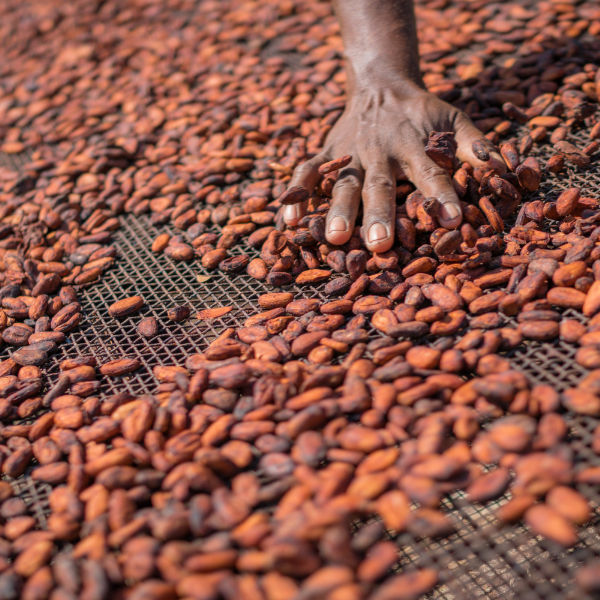
100% Organic
Our cacao is 100% pure and organic. It is produced in Peru in organic plantations and is approved by the control body of the Ministry of Agriculture. Our cacao comes from Peru, in South America, one of the leading countries in the world for the quality of, with a tradition dating back thousands of years.
At NaturaleBio, we carefully select all our organic products.
The best cacao comes from organic farming. Considered a superfood, used and appreciated all over the world for its benefits.
Controlled Operator Number: 13084 IT BIO 014
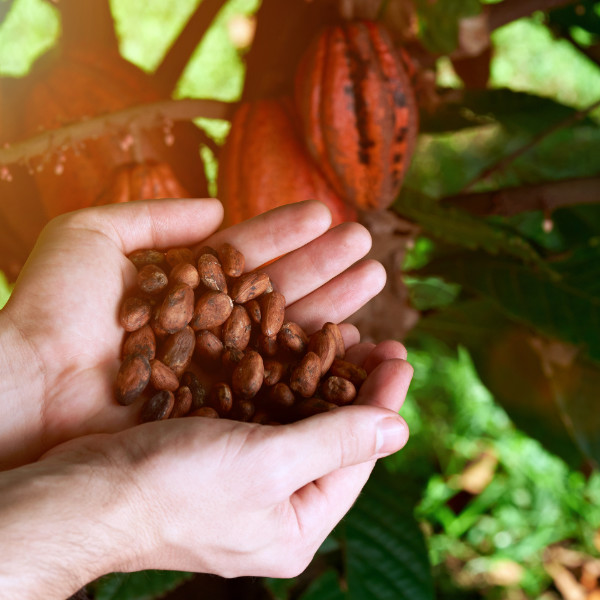
Data sheet
| 200g | 400g | 1kg | ||||
|---|---|---|---|---|---|---|
| EAN | 8057949201168 | 8057949201175 | 8057949201182 | |||
| Weight | 200g | 400g | 1kg | |||
| Ingredients | 100% Organic Cacao Beans | |||||
| Organic | Organic product under EU Directive 834/2007 | |||||
| Country of Origin | Peru | |||||
| Manufacturer/Trademark | NaturaleBio | |||||
| Expiration Date | Read the Expiry date on the Packaging. (generally two years from packaging) | |||||
| Storage | Store in a cool, dry place away from heat sources even after opening. | |||||
Nutrition declaration
| Mean nutritional values per | 100g | %RI 100g* |
|---|---|---|
| Energy | 2241 kJ / 542 kcal | 32% |
| Fat | 39,3g | 56% |
| of which saturates | 27,1g | 135% |
| Carbohydrate | 19,3g | 7% |
| of which sugars | 1g | 1% |
| Fibre | 27g | |
| Protein | 14,3g | 29% |
| Salt | 0,2g | 3% |
| Vitamin B6 | 0,1mg | 7% |
| Magnesium | 499mg | 133% |
| Manganese | 1,3mg | 65% |
| Calcium | 107mg | 13% |
Reviews
lo adopero già da tempo e lo ritengo il migliore e meglio del normale cioccolato pieno di zucchero.
è un buon prodotto. suggerisco di accompagnarlo con istruzioni sulla tostatura.
Era da un po' che volevo provare questo super food! Le fave hanno un sapore molto particolare, che a non tutti può piacere. Io ne prendo 3/4 al giorno, perché sono ricche di nutrienti.
siii è buonissimo, l'ho provato come snack e ti ricarica di energia!
Granella di cacao veramente buona, fave di cacao questa volta mi sono sembrate più asciutte ed amare.
come dicevo poco fa, il prodotto lo trovo valido così come il servizio offerto, andate avanti così!
Ottime fave di cacao! Non troppo amare, ma gustose. Io le accompagno con un buon rhum.
Buonissime e fanno super bene! Voglio provare anche gli altri prodotti!
ha ottime proprietà antiossidanti anche se molto amare le fave.


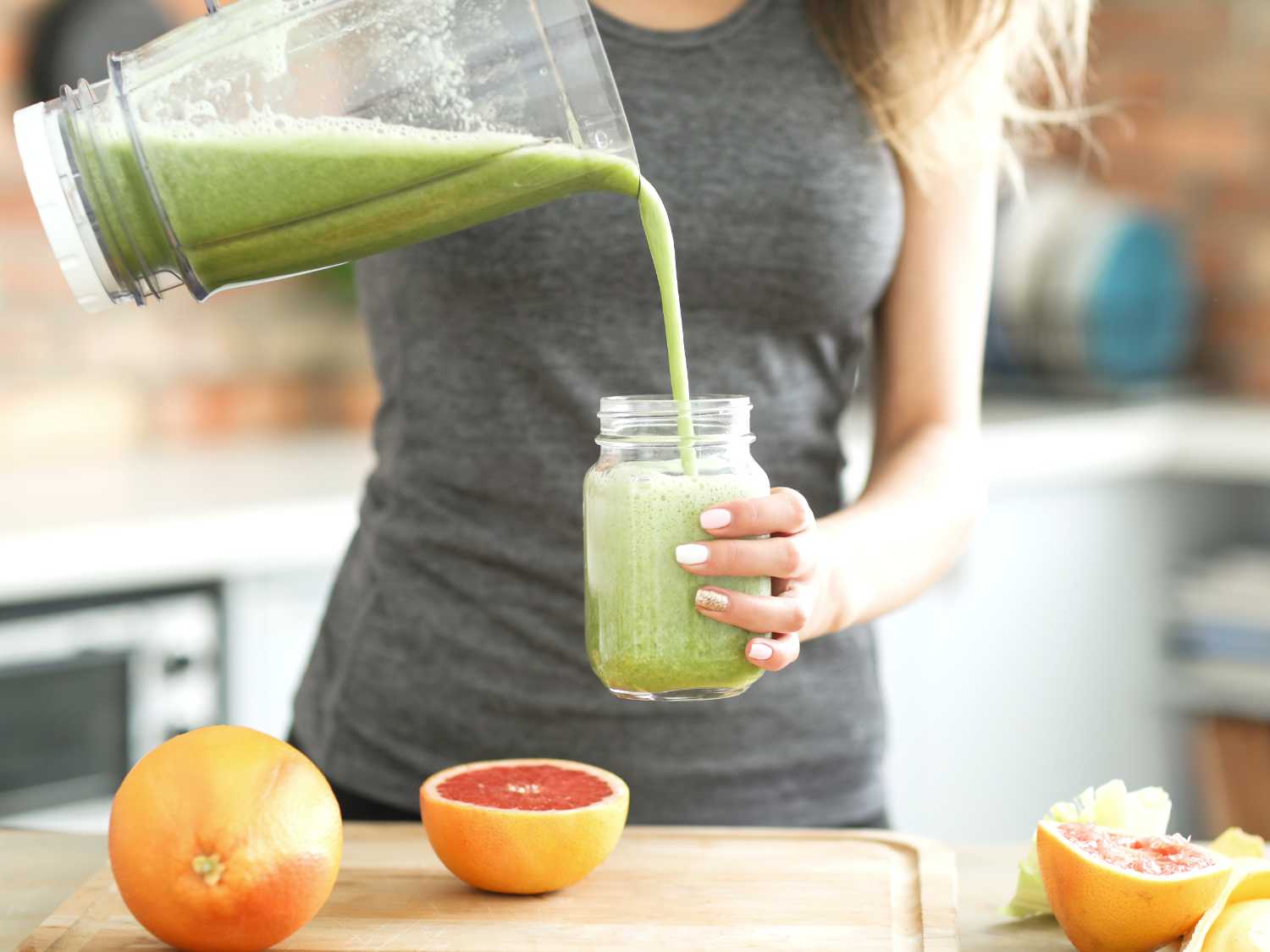
Energy drink a base di superfood, sorsi di energia!
